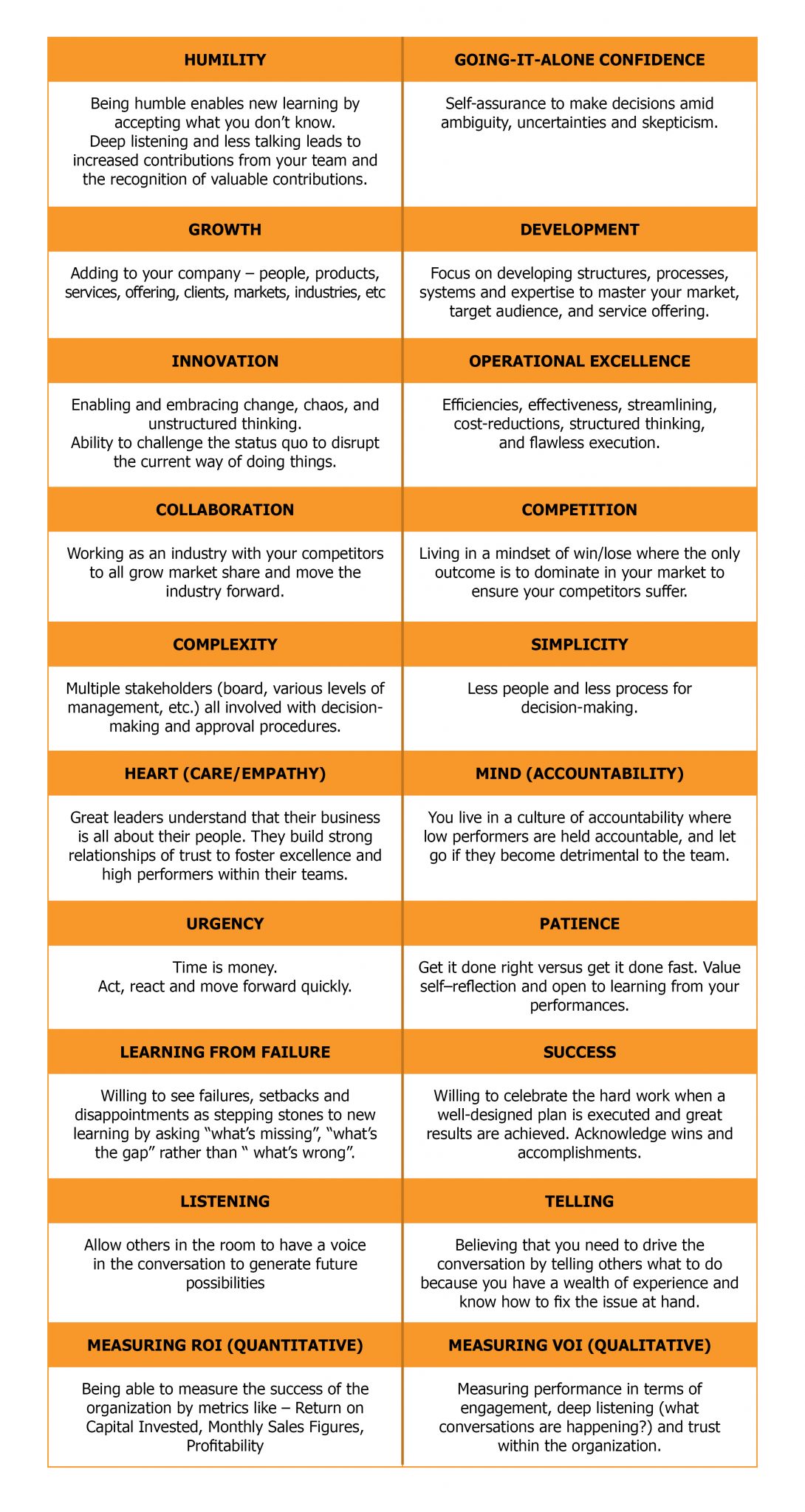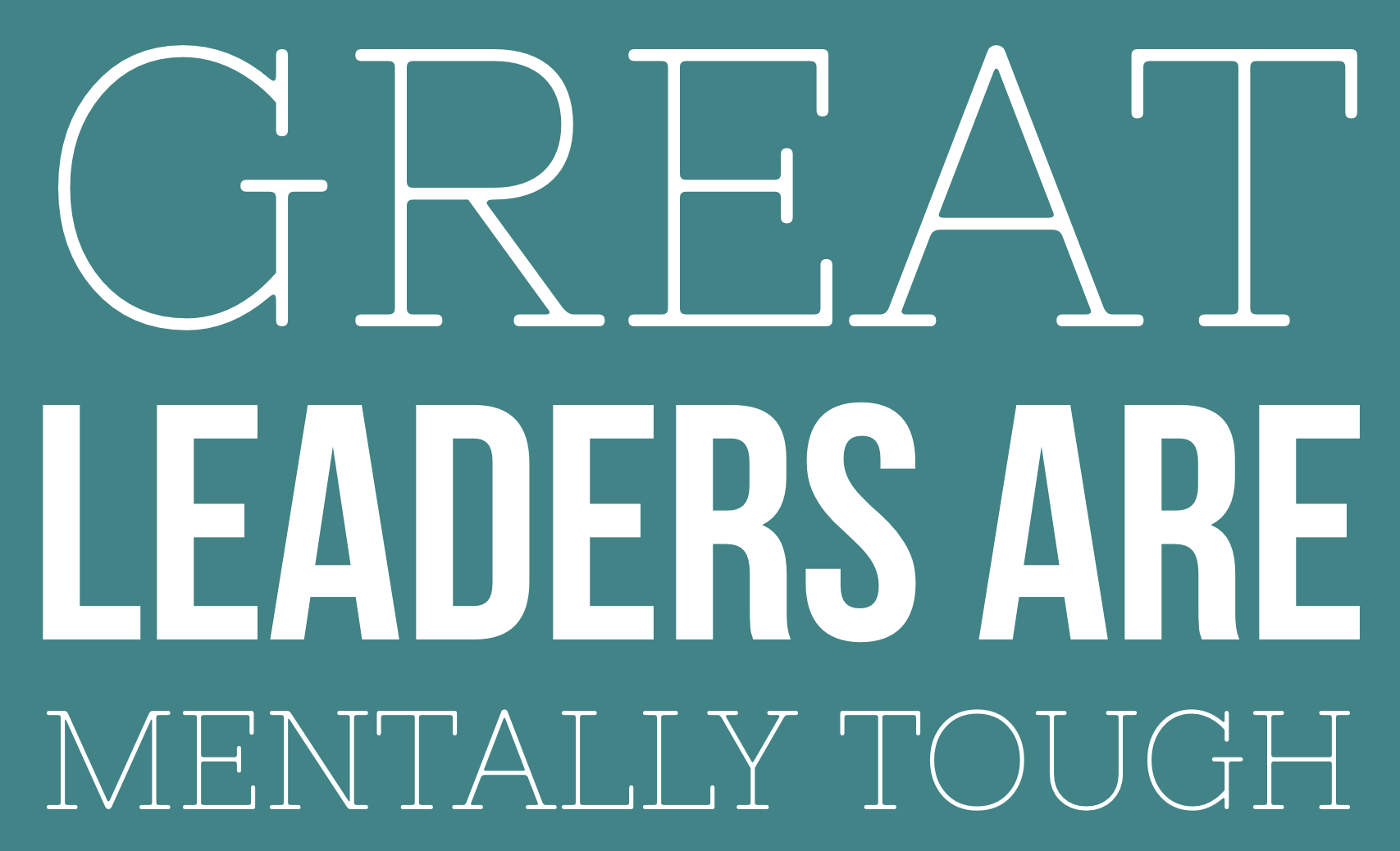Creating an Innovation Culture
The desire to create a culture of innovation has become a common organizational objective for many companies. If you have an organization that is innovative you are likely ahead of the curve and leading the pack. While it may be highly desired, it is not common or easy to create in most organizations.
Why?
By its very nature, innovation is all about creating what did not exist before, going into uncertainty and the unknown, and being creative to see what could be and discovering new possibilities.
According to Fredrik Haren, Swedish author of “The Idea Book”, only 45% of people feel they are creative at work and 2% of people feel their company does a good job at developing creativity in organizations (Global Leadership Summit 2017). This means that the creativity that leads to innovation is not something that just “happens” in a company, it is something that a company focuses on diligently to “create” within an organization.
How do you create creativity that will spark innovation?
Through many ongoing conversations.
Conversations about:
- Failure:
Failure is a great teacher, but many companies struggle to engage in conversations around any failures within the company because it can be uncomfortable or perceived as negativity, rather than as an opportunity to learn and grow.
For example, let’s say a key employee unexpectedly leaves the company. Many companies would regret the loss, but move on and not really look into why the person left. What may have been missing? Possibly a conversation to clear up any issues, a skill set that was lacking or under-utilized, or a missing or weak support structure? Looking at failures provides guidance for the future.
- Feedback:
Positive and negative feedback is necessary for recognition and improvements. Requesting feedback fuels conversations that lead to a deeper understanding of what is working, what is not, and how to move forward.
For example, if one of your key leaders came to you and gave negative feedback about a new person that was recently hired, how should you move forward?
A possible route could be to ask the leader what support they are looking for. From their perspective, what is missing for them to be able to build a positive relationship with this new person? The outcome of these questions will provide some direction for how to manage the situation.
- Learning:
It is important that leaders are continuously learning and bringing what they learn to the team. To do this, leaders must encourage learning and create structures around intention.
If an employee came back from a 3-day leadership course, how can you utilize what they learned? Rather than simply asking how it was, perhaps ask them for 3 things they learned from the course and how they can implement them to support the team. Is there a practice, process or new skill/competency to be implemented? Doing this expands the conversation and utilizes new knowledge.
- Experimenting:
Experimenting is the act of trying something new, where there is no certainty of the outcome.
For example, a company is expanding into a new market and notices that sales are sluggish and not meeting expectations. A team would likely need to question what they know, or what they have learned, about their new market and ideal clients, and experiment to see what works and what doesn’t work to effectively reach them.
- Accountability of Current Performance:
Accountability is often thought of as rigorous follow up, and can be seen as policing behavior, rather than as support to move the company forward.
For example, in an executive team meeting, a member of the senior leadership team is late for a meeting for the second time and no one has said anything. This leader is known for their punctuality, so this behavior is out of the ordinary. Typically, the background conversation or “cooler talk” becomes about how the leader is uncommitted, not trustworthy and cannot be counted on.
Instead of creating or supporting background conversations, another route could be to initiate an explorative conversation with the leader to hold them accountable. The conversation may be, “I sense there is something going on, as you are generally not late. What is going on in your world?”
The colleague has an opportunity to vent their frustrations and challenges they are currently having. Asking the question “how can I support you?” is an approach designed to get to the root of the issues and presents an opportunity to find solutions rather than just blaming or sitting in anger.
- Risks/Challenging Status Quo/Assumptions:
As times change and markets change, every company will need to accept a level of risk and adapt to find new ways to be competitive.
For example, if a company would like to expand into new countries or markets that other companies in the industry have tried and failed at, they must ask, why have others failed? What are we going to do differently, and what do we see that others have not seen that changes the game for us?
- Possibilities/Thought Provoking Questions:
Looking for what could be, versus simply accepting what everyone else does as the only way.
Being able to spot possibilities can create extraordinary opportunities. If you can see through the clutter that is complaints, frustrations and objections, you can see what others are missing. What are the complaints in the industry, what objections do you hear, and what frustrations do people vent about? All complaints and frustrations are hidden requests. Someone is speaking to a need that the market has not yet fulfilled for them. Uncovering these needs is the possibility no one else is thinking about.
All these conversations are designed to spark new thoughts, new ideas and new approaches. It is easy to get stuck in the minutia of the day to day issues, problems and struggles and forget to generate new ideas, thoughts and possibilities. Many people struggle with creative thinking as their day to day jobs are not necessarily designed to ignite this type of thinking, so it is important to inject new conversations into the dialogue, so it changes the background noise and creates an environment ripe for real innovation.
Leadership Challenge:
Inject one or two of the above conversations into your next team meeting and see what possibilities emerge!












